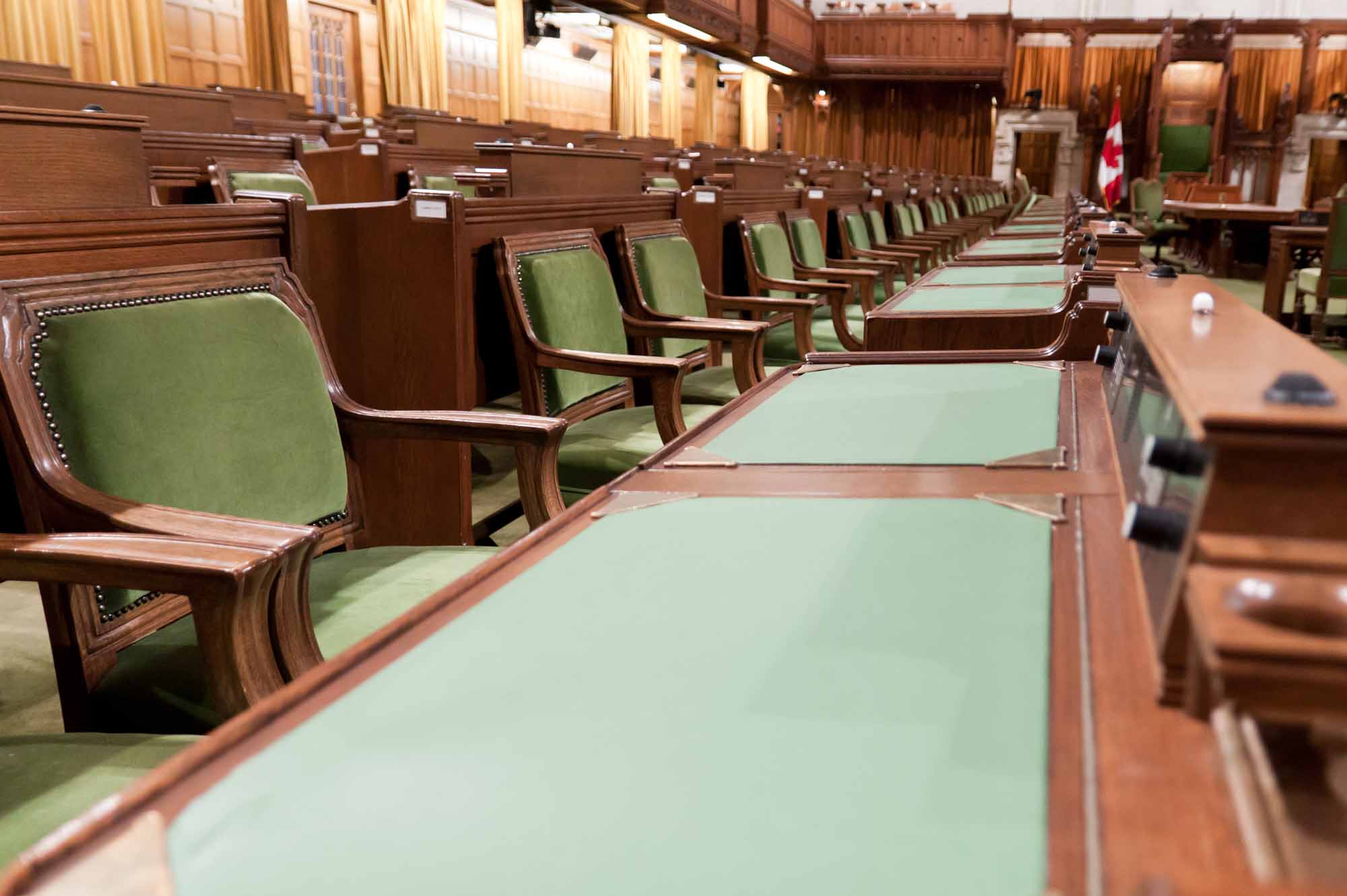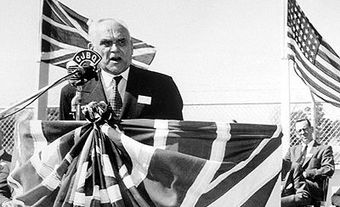A filibuster is a parliamentary delaying tactic. It is typically employed by opposition parties to delay or prevent the passage of a bill they don’t like. A filibuster is brought about when legislators speak at great length in opposition to a bill; propose numerous, often trivial amendments; or raise many parliamentary points of privilege. All of this is designed to keep the bill from coming to a vote. The goal of a filibuster is to either change a bill or stop its passage.

Filibusters in Canada
The Canadian Parliament’s first filibuster was in response to Prime Minister Sir Robert Borden’s Naval Aid Bill; it proposed giving $35 million to Britain for the building of three battleships for the British navy. Liberal opposition members used filibuster ploys that lasted from December 1912 to May 1913. The filibuster ended when, for the first time in Canadian history, Borden used a procedural tool called closure to end debate. The bill passed but was defeated two weeks later, in the Liberal-dominated Senate.
One of the more unique uses of the filibuster in a provincial legislature occurred in Ontario in 1997. The Progressive Conservative government under Premier Mike Harris offered a bill to amalgamate seven municipalities into a new City of Toronto. The opposition New Democratic Party filibustered the bill by introducing 11,500 amendments. Each invited those who lived on a particular Toronto street to attend a public hearing. The opposition Liberals introduced 1,500 more amendments. Each amendment, as well as many parliamentary points of order and challenges to the speaker, was laboriously debated and voted upon. The filibuster lasted from April 2 to 11; it ended with the majority government finally passing the bill.
See also Parliamentary Procedure; Allotment of Time; Pipeline Debate (1956), The Great Flag Debate (1964).

 Share on Facebook
Share on Facebook Share on X
Share on X Share by Email
Share by Email Share on Google Classroom
Share on Google Classroom

.jpg)


